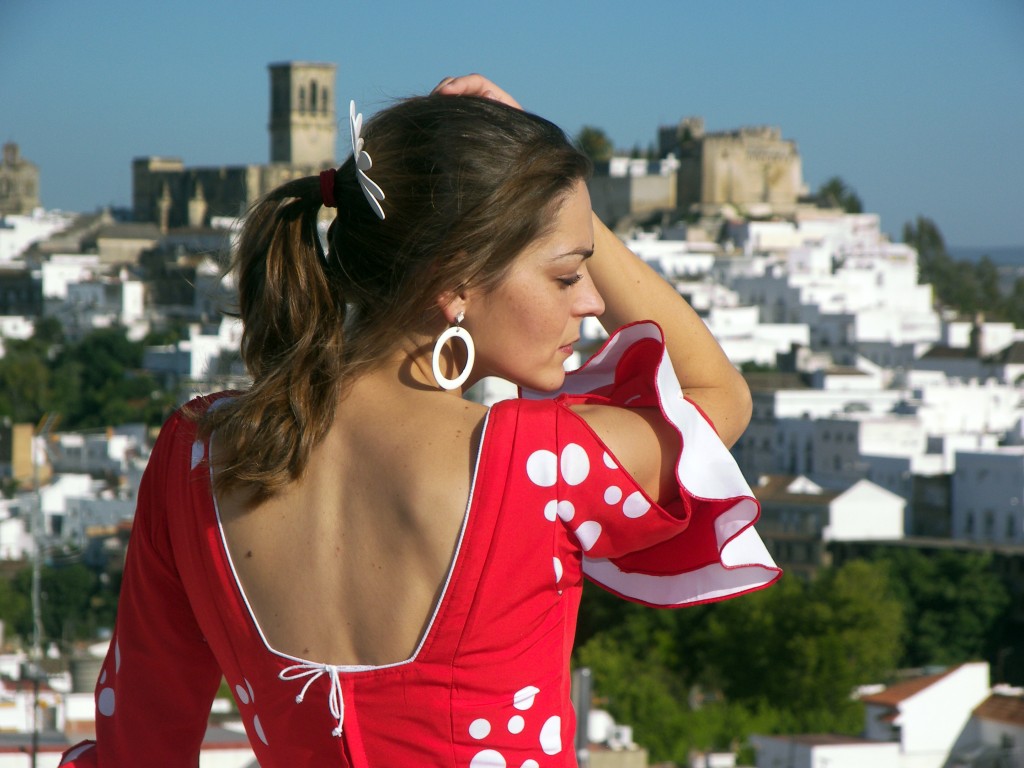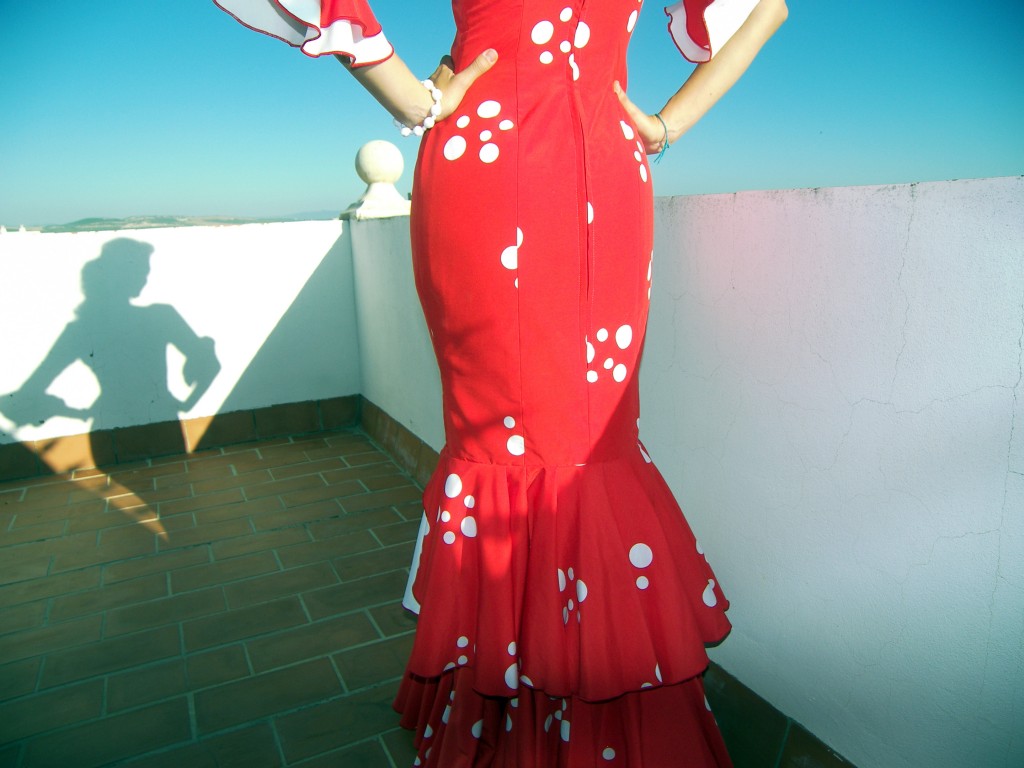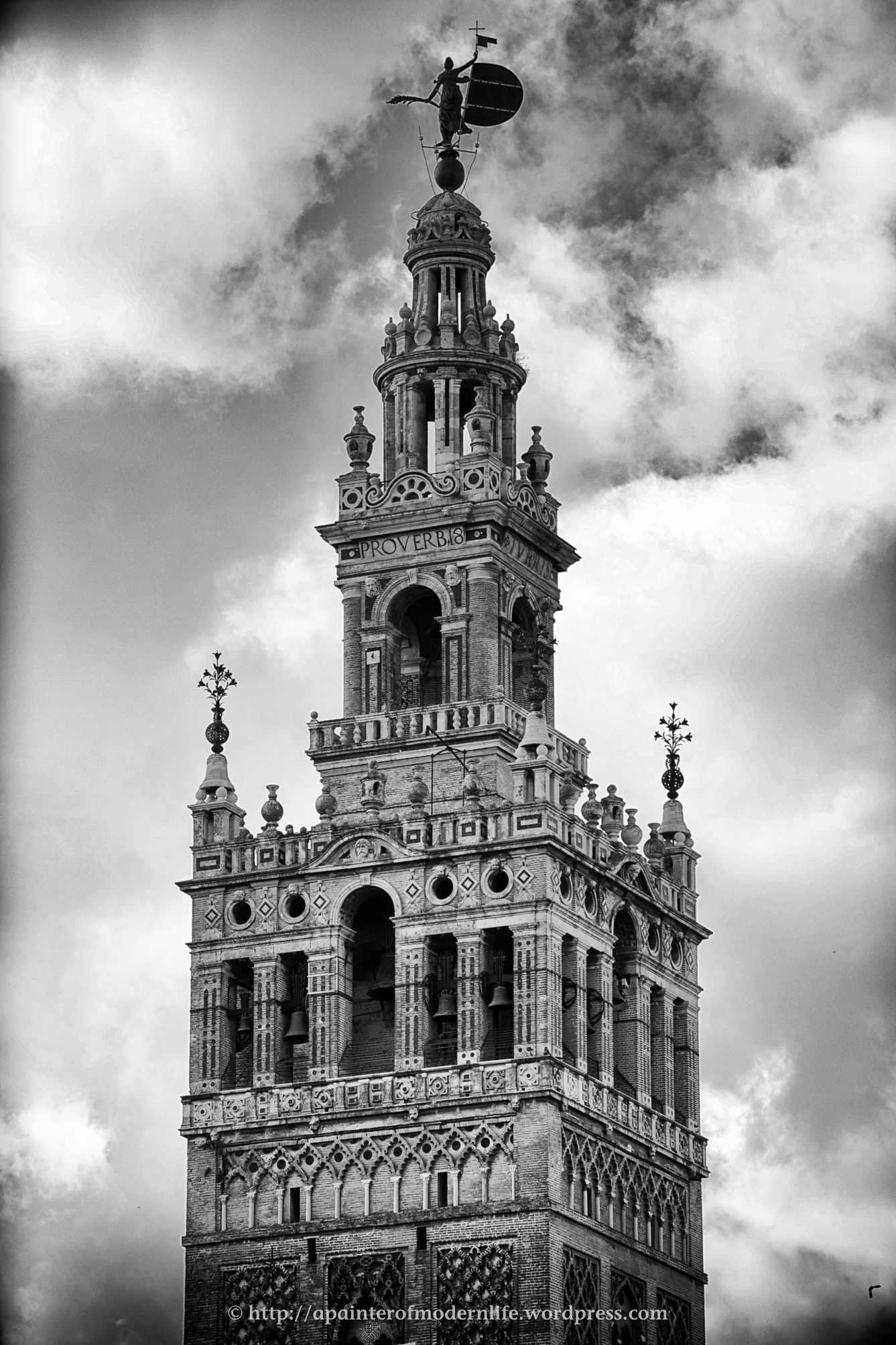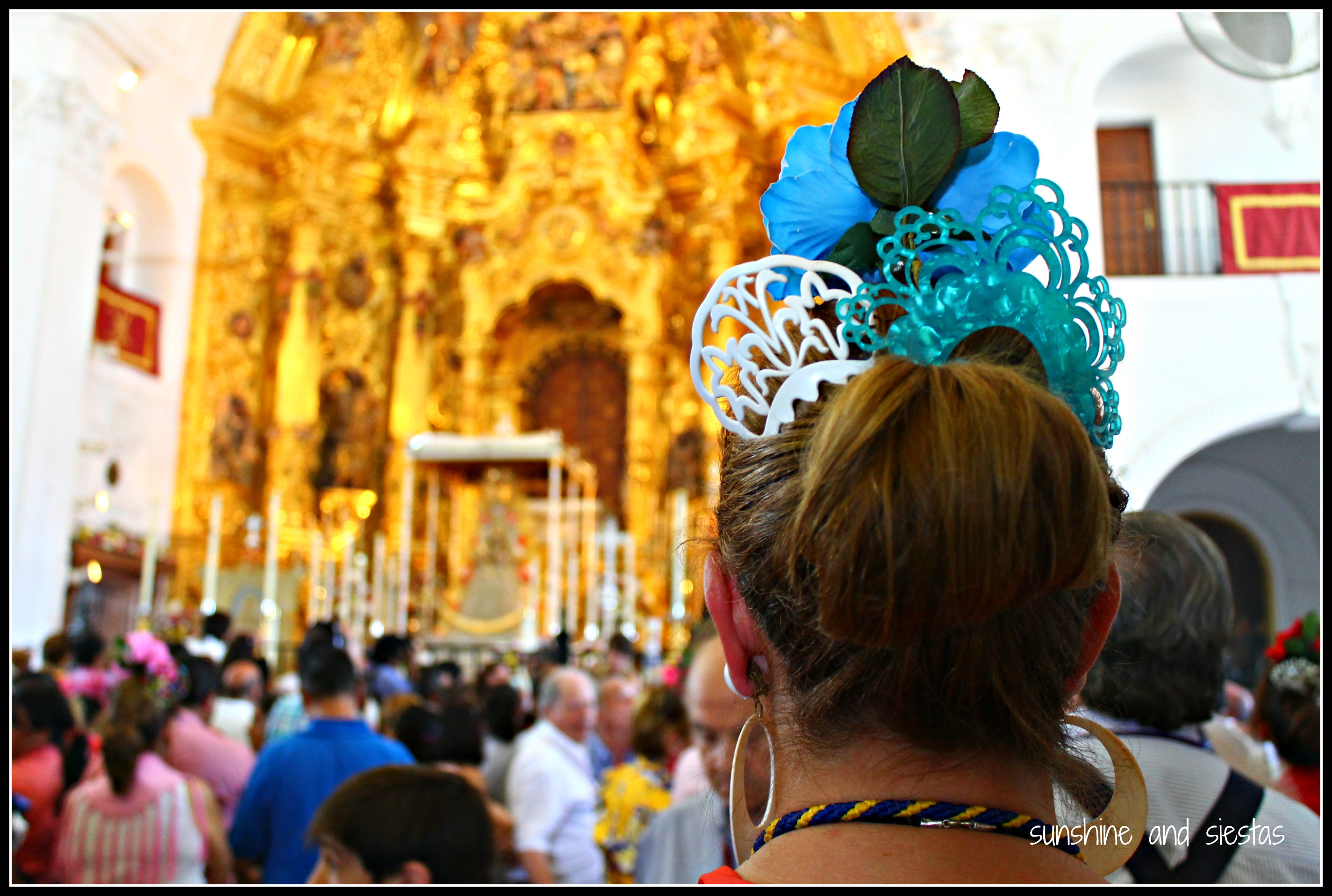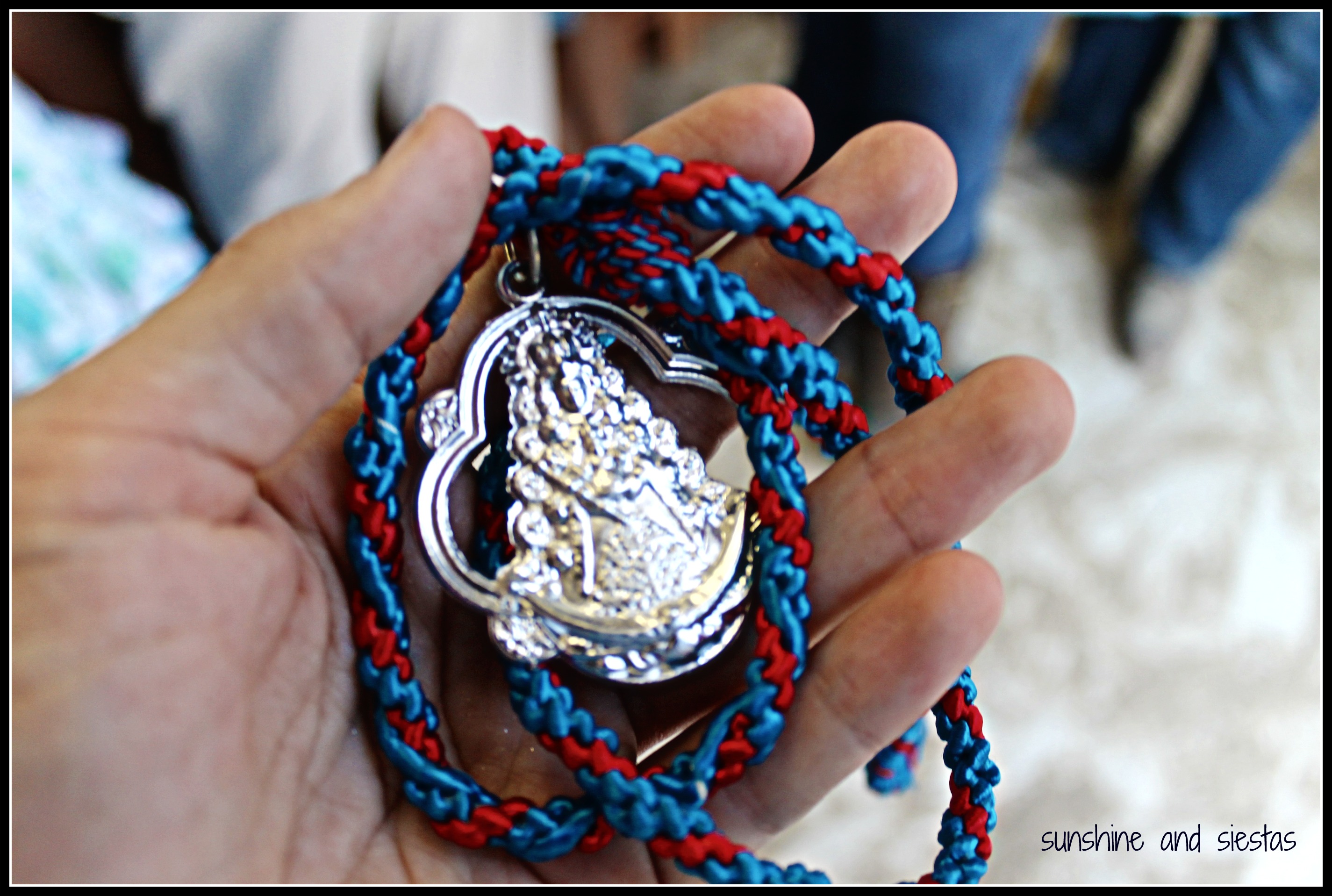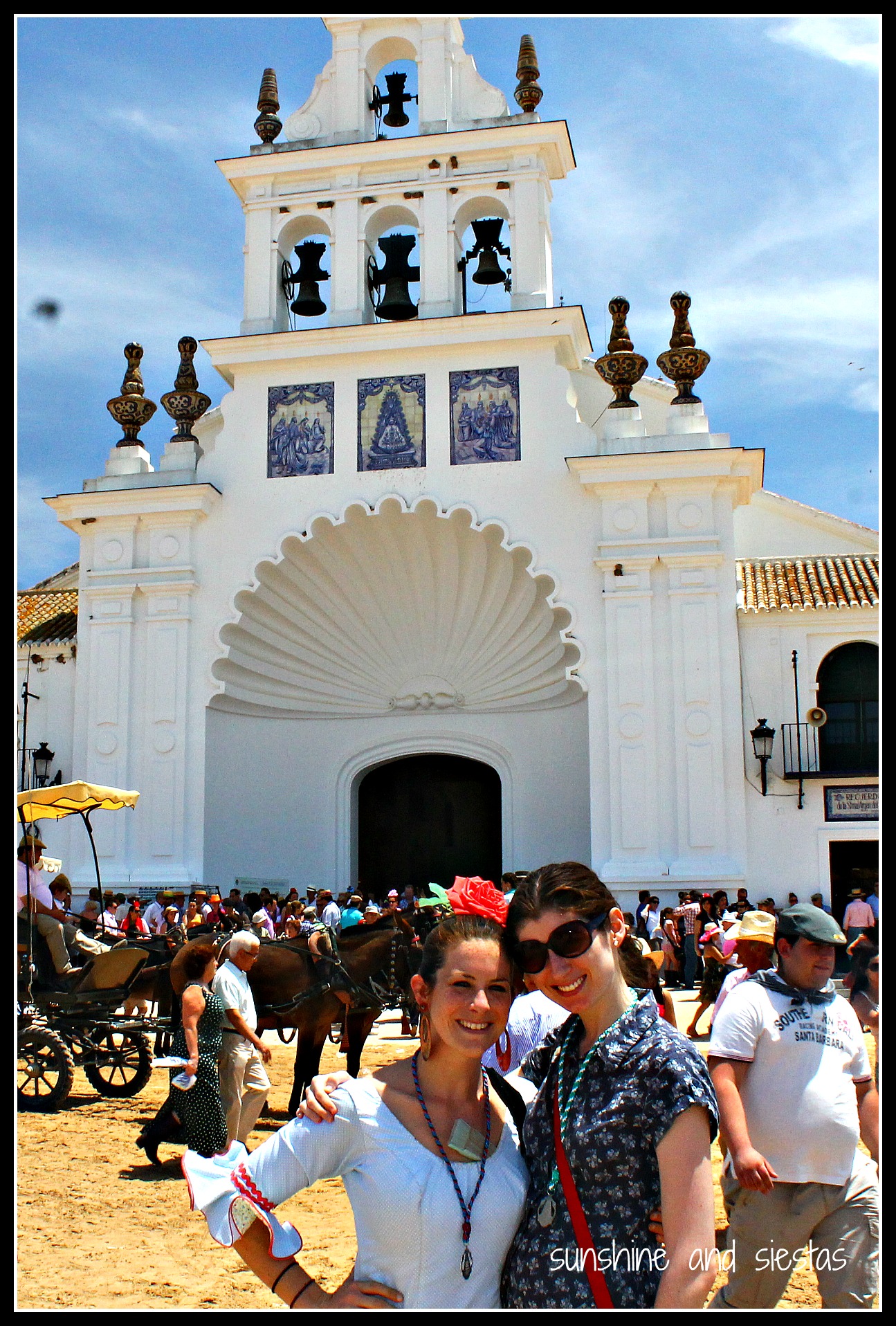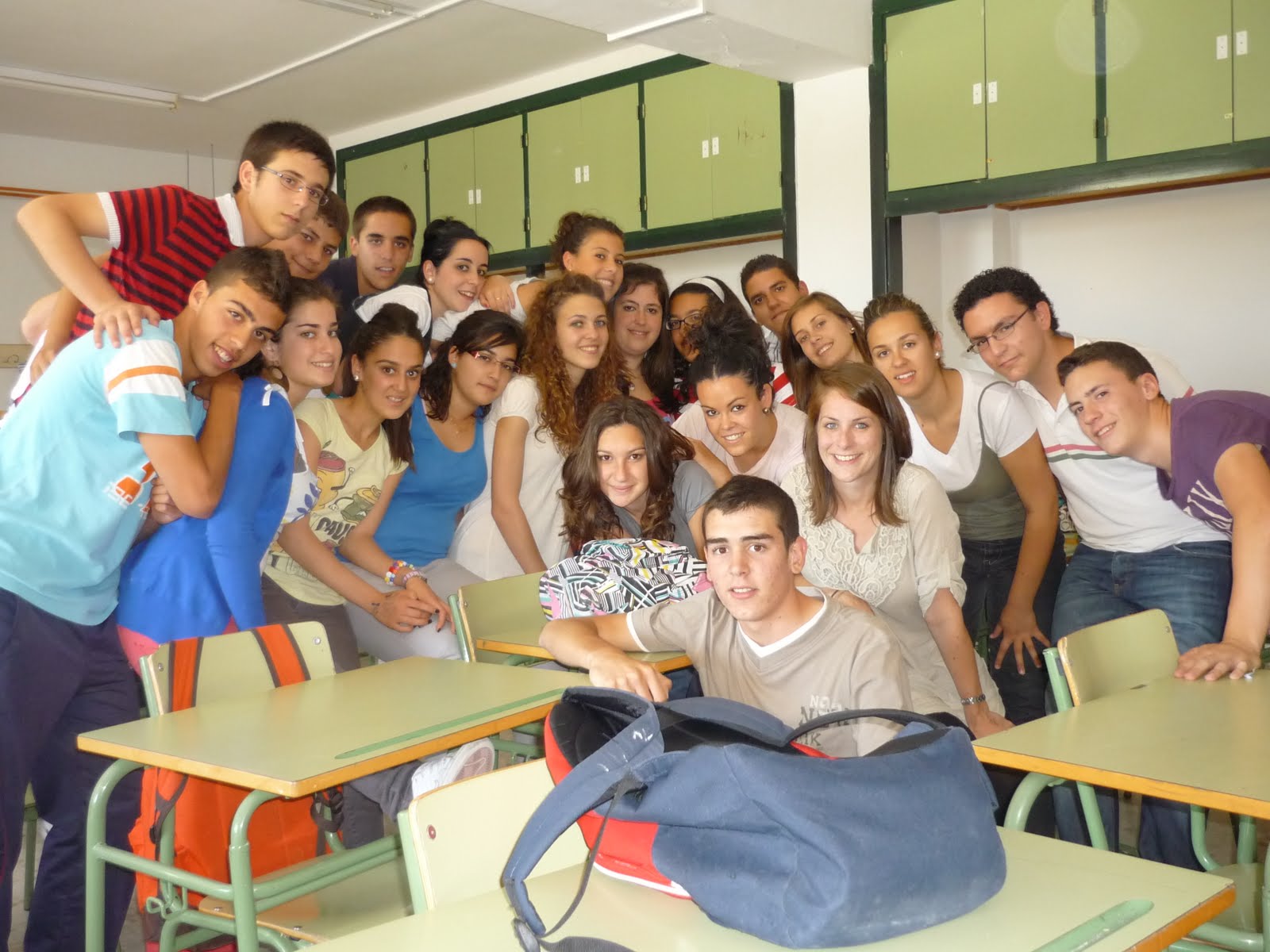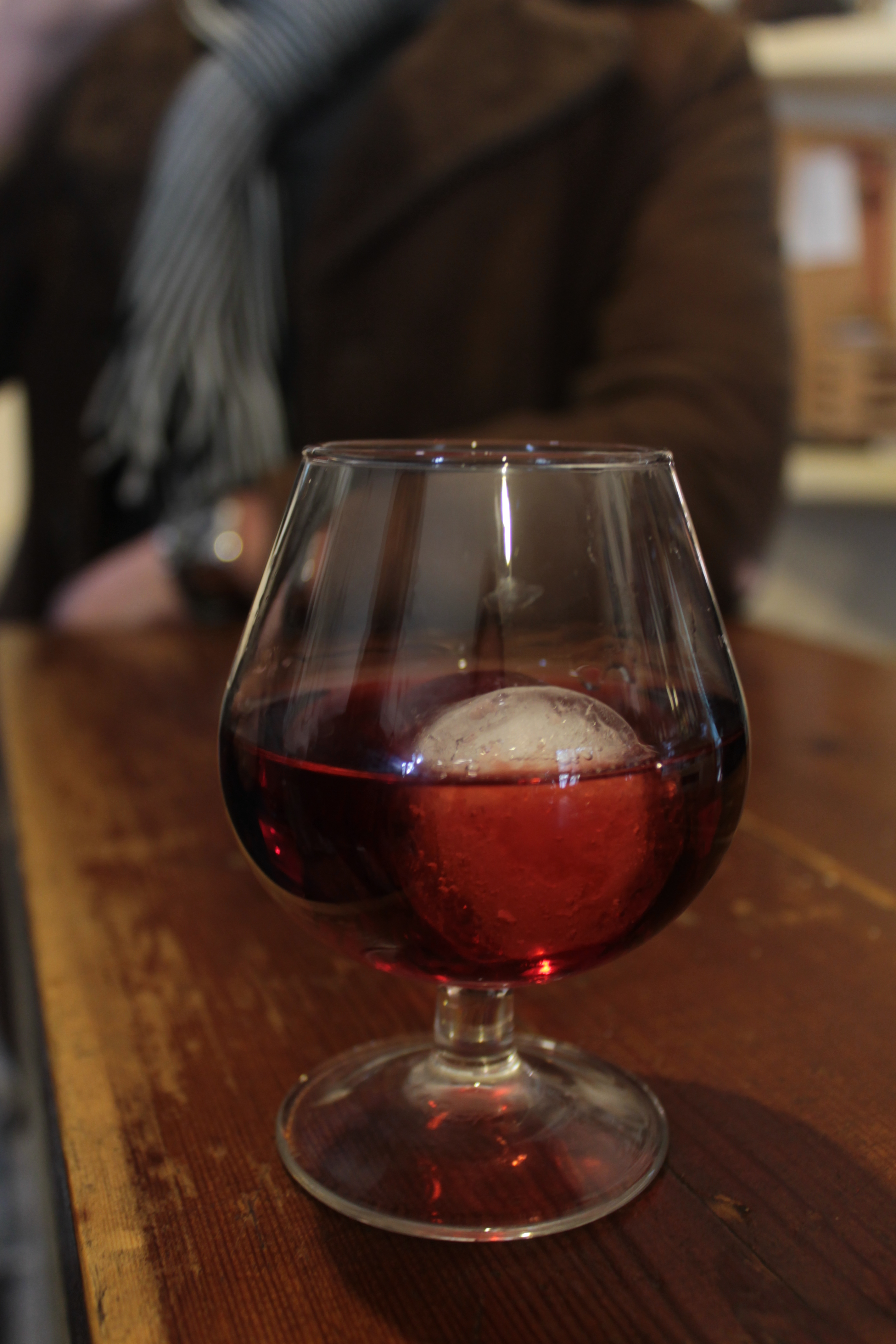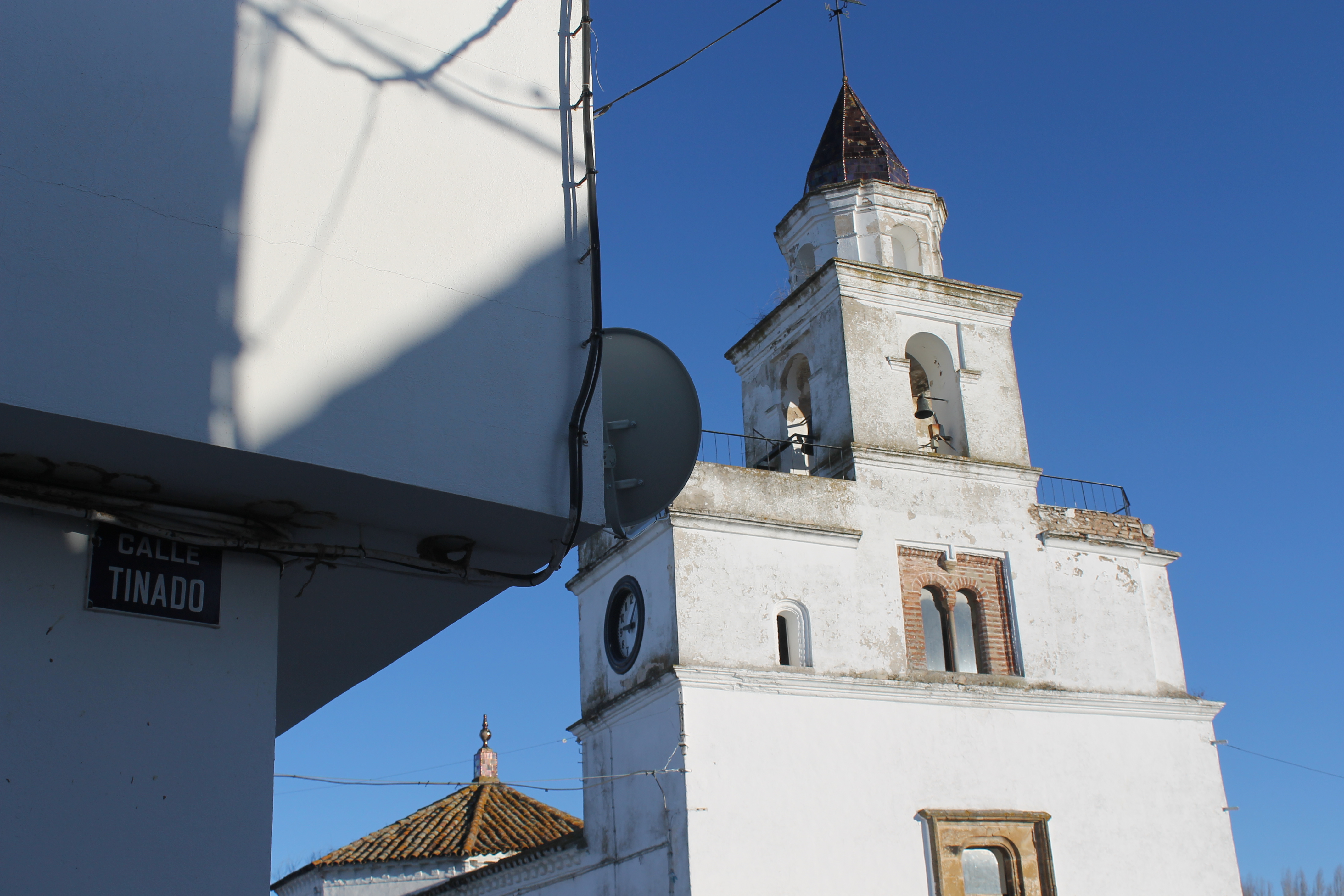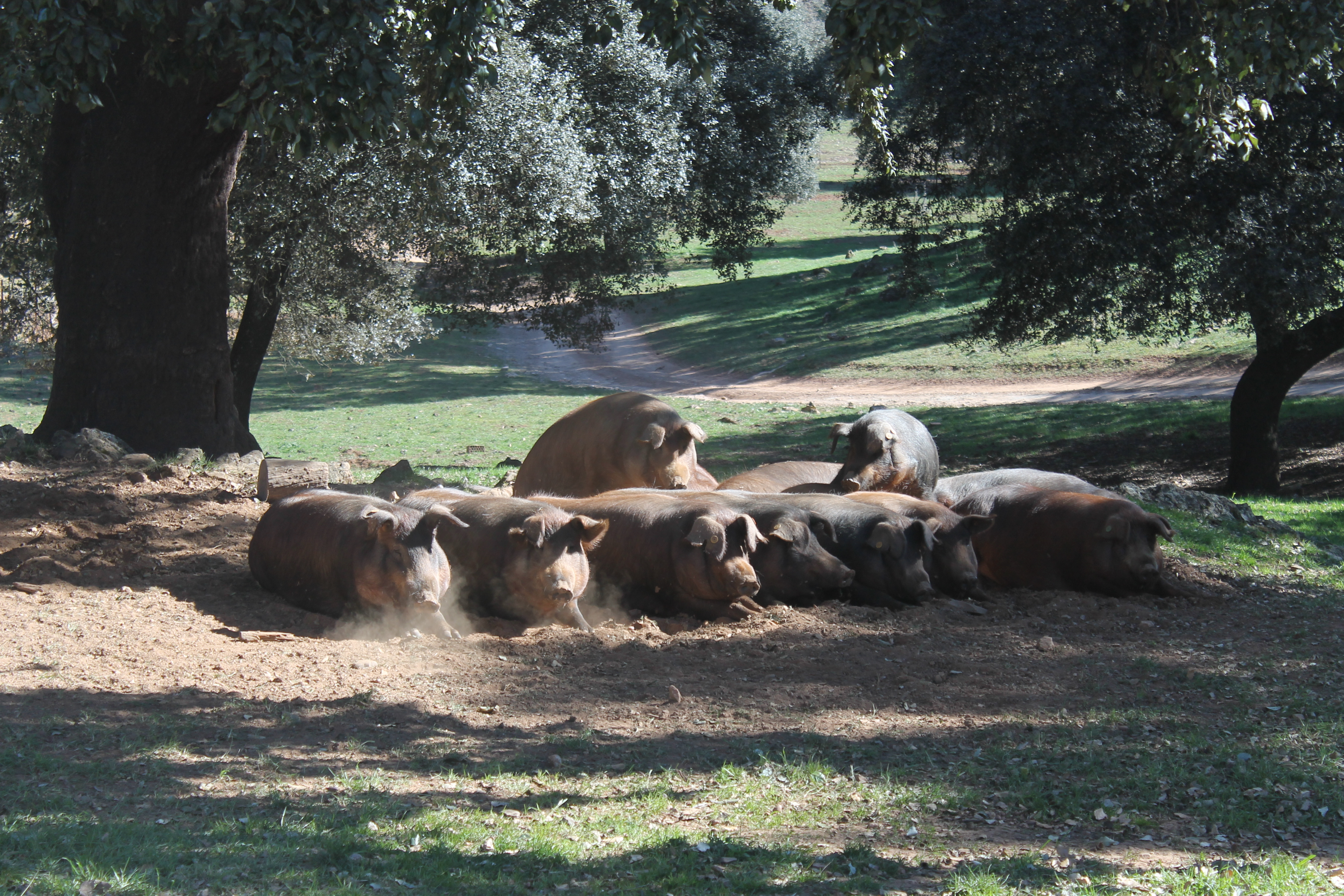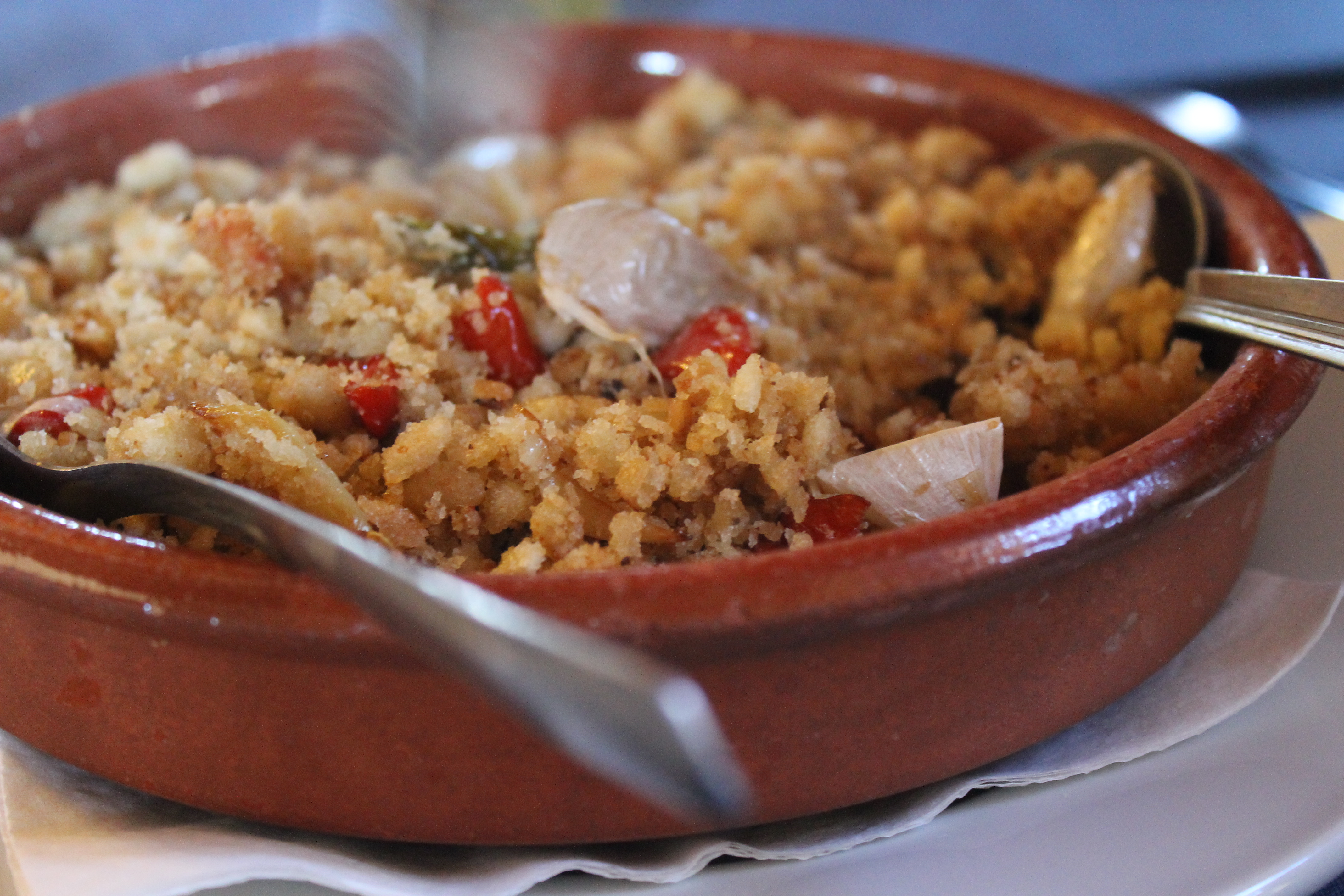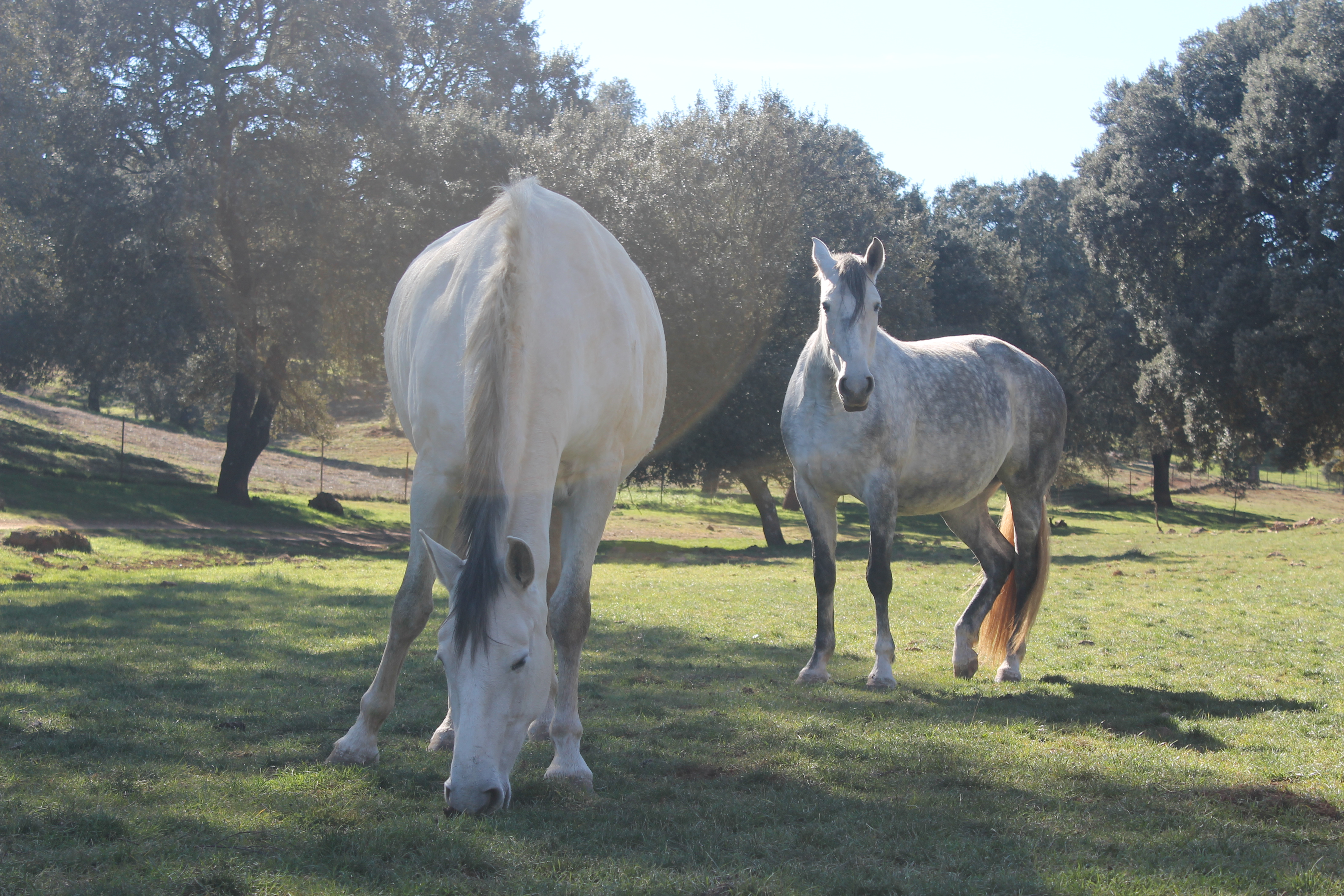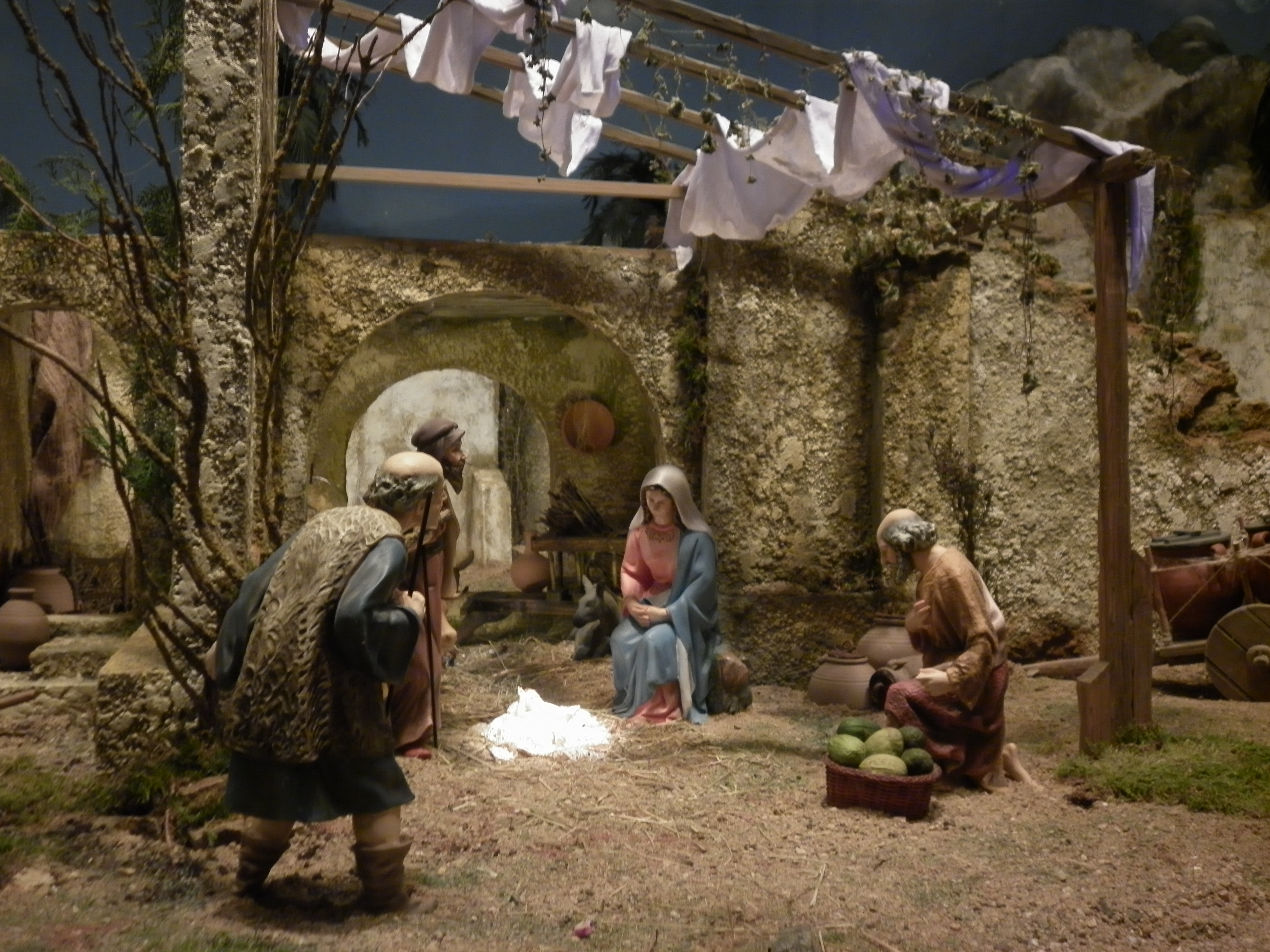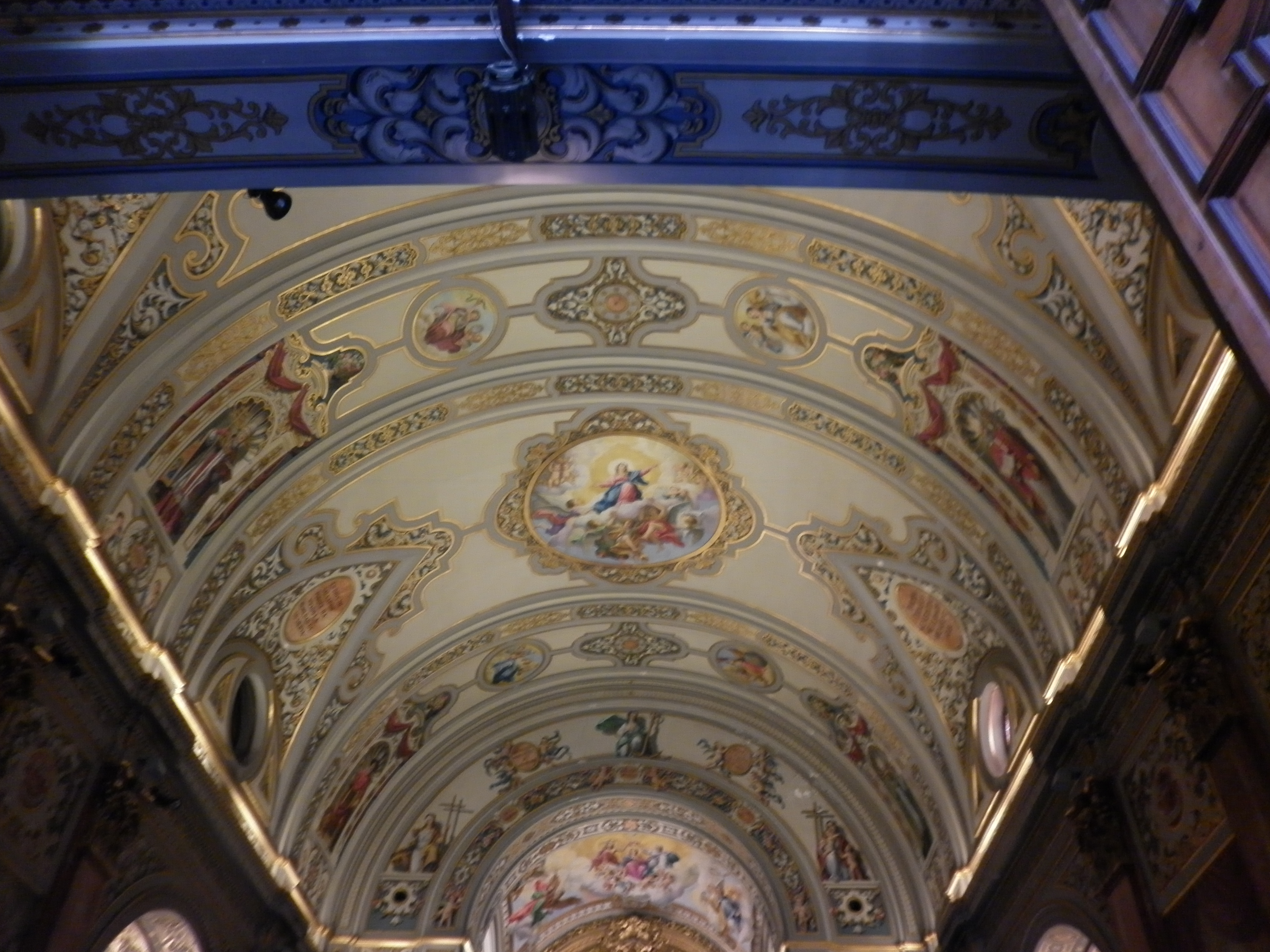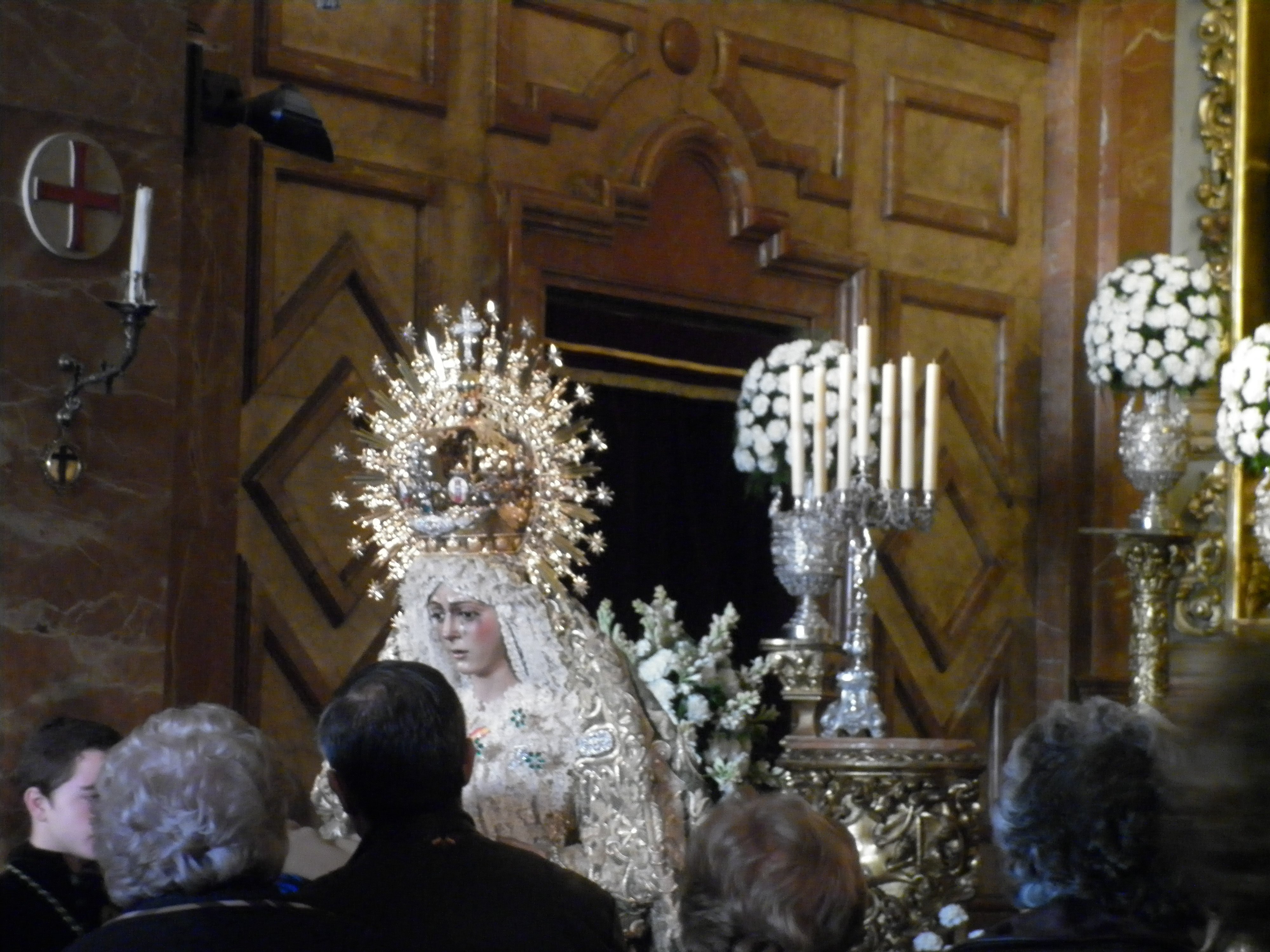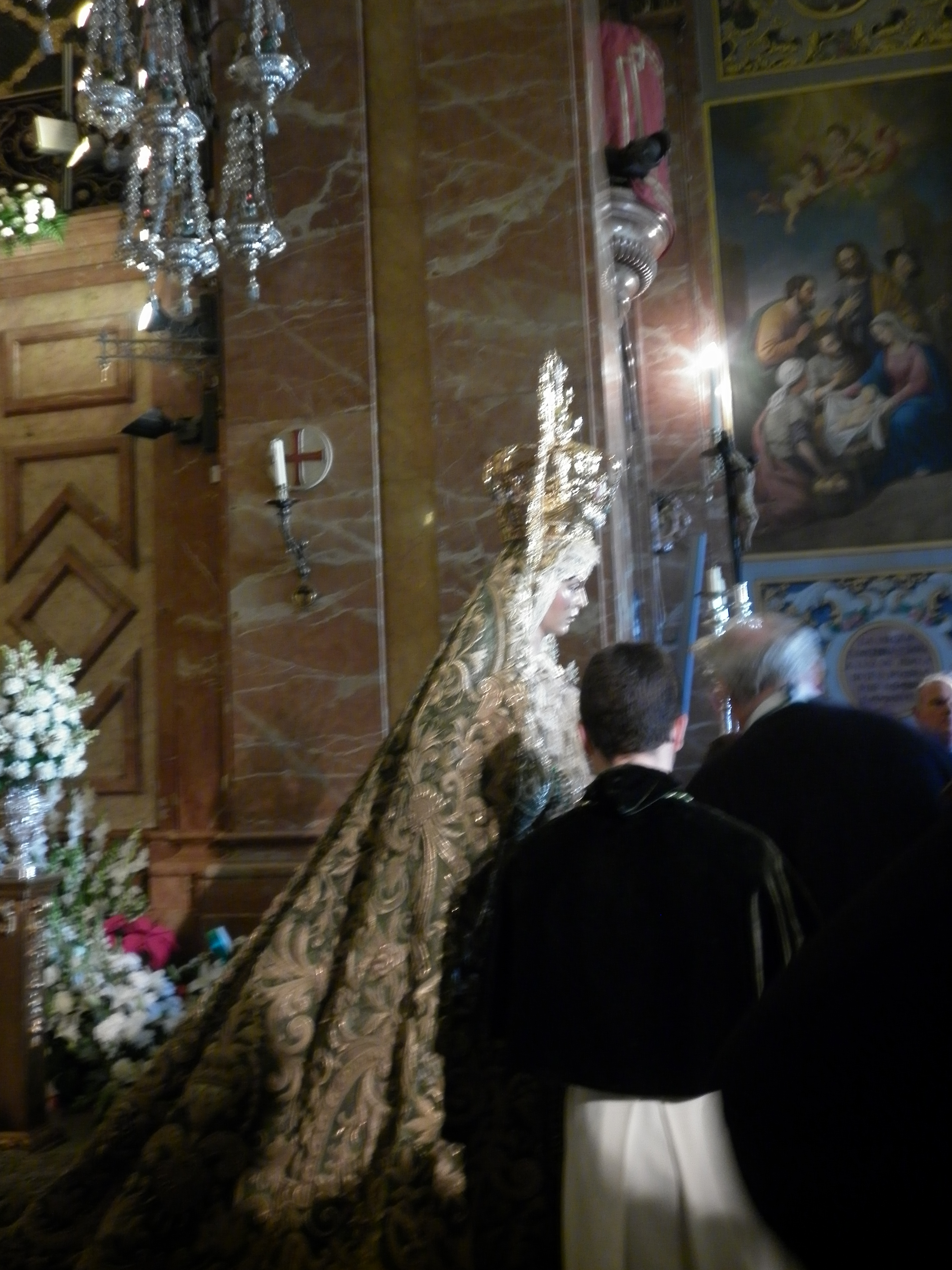Seville Snapshots: Arcos de la Frontera, Cádiz
How to Get a Carné Jóven Andaluz
Ah, youth. The period of your life where everything is confusing, the future is uncertain and where you rely – perhaps more heavily than necessary – on others to stay afloat. Even as a 27-year-old living in another country, I still feel like I’m in this not-quite-an-adult limbo (like the Britney Spears song).
But don’t worry, guiri friends. The government has got your back on this one!
With the unemployment rate in Spain climbing as fast as our taxes, the Andalusian government became the first autonomy to amplify the carné jóven, a sort of discount card that can be redeemed at places all around Andalucía and Spain. Valid until the day you turn 31, shops, beauty parlors and even hotels will give you discounts by simply presenting the card and a photo ID. It’s similar to the ISIC card and can save you oodles on all types of services.
What you’ll need
- Your NIE and one photocopy (in its absence, your passport and proof of residency in Andalucía)
- Form Anexo 1 (available here)
- Proof of being Andalusian or proof of residence in the Andalusian community (usually your NIE will suffice, if not, a housing contract or bill will do)
- 6€
Where to go
The Institutos Andaluces de Jóvenes, as well as some local banks and any offices of información juvenil in your village, are authorized to process your paperwork and give you the rights to own a card. But, as with many things in Spain, you’ll have to turn in your paperwork and THEN go to a bank with form Modelo 46, wait in another line and pay a fee, called a tasa, of 6€. Cards can be processed in the same day if turned in before 10a.m., or sent to your residence.
Similarly, there’s an online portal.
| Dirección Provincial del I.A.J. C/General Tamayo, 23 04001-Almería Tlf: 950 00 66 00 Fax: 950 00 66 20 E-mail:informacion.al.iaj@juntadeandalucia.es |
Dirección Provincial del I.A.J. Alameda Apodaca, 20 11003-Cádiz Tlf: 956 00 75 00 Fax: 956 00 75 20 E-mail:informacion.ca.iaj@juntadeandalucia.es |
| Dirección Provincial del I.A.J. C/ Adarve, 2 14002-Córdoba Tlf: 957 35 22 40 Fax: 957 35 22 41 E-mail:informacion.co.iaj@juntadeandalucia.es |
Dirección Provincial del I.A.J. C/ Ancha de Santo Domingo, 1 18009-Granada Tlf: 958 02 58 50 Fax: 958 02 58 70 E-mail:informacion.gr.iaj@juntadeandalucia.es |
| Dirección Provincial del I.A.J. C/Rico, 26 21001-Huelva Tlf: 959 01 19 50 Fax: 959 01 19 51 E-mail:informacion.hu.iaj@juntadeandalucia.es |
Dirección Provincial del I.A.J. C/Arquitecto Berges, 34 – A 23007-Jaén Tlf: 953 00 19 50 Fax: 953 00 19 70 E-mail:informacion.ja.iaj@juntadeandalucia.es |
| Dirección Provincial del I.A.J. C/ Carretería, 7 29008-Málaga Tlf: 951 04 09 19 Fax: 951 04 09 20 E-mail:informacion.ma.iaj@juntadeandalucia.es |
Dirección Provincial del I.A.J. C/O´Donnell, 22 41001-Sevilla Tlf: 955 03 63 50 Fax: 955 03 63 60 E-mail:informacion.se.iaj@juntadeandalucia.es |
Where it’s valid
Good news – if you’re under 27, you get a 20 – 25% discount on train tickets for the AVE and media distancia trains. Bad news: I turned 27 two months ago and no longer receive these amazing deals. Still, the card is valid all around Andalucía and in many other regions of Spain at youth hostels and hotels (10 – 15% off full price), private doctors and opticians (up to 20%), along with gyms, cafés and courses. A full list can be found clicking clicking here.
The Carné Jóven is also valid in 40 European countries if you’re 26 or under, much like an ISIC card.
If you’ve used a carné, tell me where! My main purpose for getting the card was for Renfe discounts, but I now don’t know where to make my 6€ count!
Seville Snapshots: La Giralda
The Moors had control over a large portion of Spain for some 400 years before the fundamentalist Almohad Dynasty built the Giralda in their most-favored city in al- Andalus. Originally a minaret to the mosque in Sevilla, Catholics repurposed the Giralda after capturing the city in 1248. It was modeled on the minaret of the Koutoubia Mosque in Marrakech, and symbolized both the power and piety of the Almohad Dynasty. After a series of architectural alterations and additions following the capture of Sevilla, the Giralda now stands as a symbol of Spain’s rich cultural heritage and its long, victorious struggle against Islamic rule on the Iberian Peninsula.
Taken on an unusually cloudy day in the summer of 2011, this photo details the upper third of the tower that was added during the sixteenth century.
Text and photo © A Painter of Modern Life (http://apainterofmodernlife.wordpress.com).
Twitter: www.twitter.com/apoml Facebook: www.facebook.com/APainterOfModernLife
If you’re new here, check out my first two entries in a series on photogenic Seville, which will be posted every Monday. If you’d like to participate with your photos from Spain and Seville, please send me an email at sunshineandsiestas @ gmail.com with your name, short description of the photo, and any bio or links directing you back to your own blog, Facebook page or twitter. Don’t forget to follow Sunshine and Siestas on its new Facebook page!
For the Love of the Dove: El Rocío
I’ve never been one for Bucket Lists, but often set travel goals for myself. When I was 20, I decided to do a 25 before 25, making a list of my top-five destinations when I moved to Spain two years later. Twenty-twelve meant no resolutions, just a few ideas for travel goals during 2012: one new country, one off-beat travel activity and one nationally recognized festival, in Spain or not.
It’s the end of May and I’ve just completed my goals. I think I shall hashtag this as #travellover. Last weekend, my sevillana half orange, La Dolan, and I went to visit Spain’s lushiest Virgin Mother, La Virgen del Rocío.
The festival of El Rocío is one-part religious pilgirimage, one-part full-blown fair and two parts party: those devoted to the Virgen, known as the Lady Of the Marshes or the White Dove (Nuestra Señora de Las Marismas, for the hermitage’s proximity to the protected swampland of Doñana National Park, or the Blanca Paloma), make a pilgrimage from their towns to the immaculate white church outside the village of Almonte. This can be done on foot, on horseback, or by riding in oxen-driven carrozas, a type of temporary covered wagon. Arriving on or before the Saturday of Pentecost, often sleeping and eating outdoors, the rocieros then gather in El Rocío for a series of masses, parades and the famed salta a la reja.
We arrived just before noon on Pentecost Sunday. I wore my celestial blue traje de gitana, coral flower on my head, while Cait opted for a breezy skirt. It was over 90º out, but the rocieros were in their typical costumes: the women in trajes de gitana or faldas rocieras, a skirt with ruffles suited for walking, and high leather boots. The male counterpart is a traje corto, with tight cropped pants made for horseback riding. I made a face at Cait, suddenly very hot with the sleeves of my dress and restricted in movement.
The whole village of El Rocío is like a town straight out of a Wild West film set – hitching posts set in front of modest houses, horses clopping gallantly around the sandy streets. It was difficult to walk with my espadrilles while dodging carriages, and sand soon filled my shoes.
As we neared the stark white church, a beacon against the bright blue Andalusian sky, we decided to visit the village’s most famous resident before going any further. As we neared, the tamboril drums and simple flutes that characterize the sevillanas rocieras grew to a furor, and the crowd standing under the scalloped entrance of the hermitage suddenly parted. The Pentecost mass had just ended, and a parade of the simpecaos, the banners carried by the different religious groups, had begun.
The knots of people ebbed and moved as the 110 hermandades, yes the same kind from Holy Week, from around Spain presented their faithful before the church and moved around the village’s dusty streets. From simple to elegant, each carry a symbol of the Virgen del Rocío. The pilgrimage dates back to the 17th Century, with the hermandad from Almonte, el Matriz, being the oldest. Following the banner come women in two straight lines on either side of the simpecao, carrying long silver staffs topped with images of their brotherhood’s virgen. Their necks were emblazoned with the same silhouette in the form of heavy pendants on the end of multi-colored rope cords.
The festival at the Aldea is characterized by religious devotion, of course, but there’s much more to it. As Cait and I reflected over our first action-packed hour, we listened to other bar-goers recount their tales. Once the hermandades arrive to El Rocío through the various routes from the East, West and South, they settle into houses that look like a giant corral or hotel around a central patio, with room for the carrozas and horses behind. Gines, Olivares, Villamanrique and Triana have enormous patios, and we peeked in to see the merriment between beers. People sing, dance and pray for up to one week during the pilgrimage and the celebration.
Feeling refreshed, we decided on visiting the Virgin herself. The temple is simple, white-washed, save the golden retablao and a few frescoes in the corners of the nave. Cola de batas, the boundy ruffles of the traje rociero, showed under confessional booths, and the romeros prayed to the Virgen Mother, who was kept safely behind a cast iron gate, called a reja. After praying the rosary that night at midnight, she would “jump over” the reja and be paraded around the village on the shoulders of revelers, called the salta a la reja. This is the culmination of the week’s events, and it signals the abandonment of the recinto and the camino back home.
Outside, we bought candles in the gift shop to take to the adjacent prayer chapel. There’s a life-sized statue of the Rocío that people press their candles to before lighting them and finding a place to prop them up. The whole chapel was cool, smoky and silent – a far cry from the music emanating from the casas outside.
We spent the rest of the afternoon walking through the streets, popping into bars for a beer (and relief from the hot midday sun), visiting my students from Olivares and trying to keep the sand out of our shoes. We got on the bus six hours after we’d arrived, absolutely exhausted and still bigger feriantas than rocieras.
Have you been to El Rocío or done the peregrinación? What was your experience like, especially on the road towards the Aldea? For more pictures, be sure to check out my Facebook page and become a fan for up-to-date photos and posts about Spain and Seville.
Mother of God.
I have a lot of “Ooooh Guiri” moments. You know, when I do something SO American, I wonder how I’ve survived four years living outside of the Grand Old Republic. Something along the lines of saying swear words when there are other unknown English speakers around, like drinking in churches at a small town fair (wait, that wasn’t me), like telling a bouncer we didn’t want to go to his bar because it smelled like onions (wait, that wasn’t me either).
En fin, my “Oooh Guiri” moments are like dumb blonde moments.
Today was no exception. Faced with no grading to do, a clean house and a good night’s sleep behind me (grandma!), I chose to being all Christmas-y. My first stop was to Plaza Nueva and the city’s Nativity Scene.
Housed in the salmon-pink palace that dominates the square, the city’s official belén tells the story of the annunciation, birth of Christ and the adoration of the Magi. Using fancy lighting, adobe-looking villages, figurines and constructing the entire town of Bethlehem, the most important moments of young Christ’s life are immortalized. With the diorama comes the line that wraps around the building up towards Plaza del Salvador.
Christa and I had little to do, so we marched towards the camel-ridden zoco in Encarnación before continuing onto an artisan market in a tucked-away plaza in Macarena. I badly needed cash, so my next stop had to be the Ronda Histórica, a busy road that rings the center of the city. The stream of people in front of the home of Sevilla’s most important virgin (oh, and this song) made me scratch my head, so I took out my money, got in line and stood on tip toe to see how much longer I’d have to wait to see baby Jesus again.
Within ten minutes, I had entered the iron gates in the small patio directly in front of the basilica. As one of Seville’s oldest depictions of the Virgin Mother, she’s the patroness of bullfighters and highly revered in Seville. Her procession on Maudy Thursday draws revelers during the wee hours of the morning as she is paraded from her temple along the Ronda to the Cathedral and back. I stated in my bucketlist that I’d like to see her in her basilica, but I happened to choose her feast day to do it. #Ooohguiri
On the right side of the wide, wooden doors, we queued in a perfectly straight line, while others from the hermandad, the term used to describe the religious brotherhoods, passed through the left side. Nuns filled the courtyard, passing cans of Lemon Fanta to several small children in line. I noticed the Virgin was not above the altar in an exalted place as she usually is in other churches. Brothers shouted, “Senores, colaboren con nosotros en la Loteria de Navidad! Decimos a 25 euros!” The Virgen’s distraught face graced the flimsy strips of paper I’d liken to a 50-50 lottery.
I entered the basilica, shivering as I stepped out of the sun, and made the sign of the cross as my Catholic grandmother taught me. As my confirmation saint is Lucia, I spotted her easily and made a mental recollection to find a donation box as I normally do. Girls with piercings and boys in track suits passed by, tears in their eyes. As I passed the small chapels and got closer to the front, I realized the Virgin was on the ground and people were passing in front of her. I had inadvertently come on December 18th, the Feast Day of Su Santísima Virgen de la Esperanza de la Macarena, and was in line to perform the Besamanos, or hand kissing, of the Virgin.
Moral dilemma: Do I kiss the hand of a wooden and cloth statue who I am sworn to dislike because I much prefer the Virgen de la Esperanza de Triana? Or do I look like an asshole and get out of line?
I chose to stay in, already preparing a speech to give Cait over the phone (I’m pretty sure she has an estampilla of La Macarena in her wallet). As we crept closer, her crown of stars and five red roses, a gift from the bullfighter Joey the Little Chicken Joselito el Gallo, came into view and people began weeping. Green gown flowing behind her up the steps to the altar, she stood just a bit taller than I do, but without real legs, I doubt that was her real height.
When it was my turn, toes touching the plush red carpet, I took my place between two altar boys with hair gelled to perfection. The señora in front of me’s lip quivered as she knelt down, kissed one of the only actual parts of the Virgen (most venerated images only have the face, neck, arms and hands, while the rest if a cloth dummy), finishing by making a sign of the cross and having her husband snap a picture.
I looked her dead in the face. She somehow seemed to have a softer expression than the one I’d seen emblazoned on reliefs, azulejos, keychains and tattoos. Her hand was outstretched, and I could see where people had been kissing her for the last 80 years – the plaster had worn right through to the wood. After the señora took her photo, the altarboy wiped down the hand with a damp cloth, and it was my turn.
I left quickly, nearly calling Cait before I’d even crossed the threshold. I didn’t know how to make sense of the whole thing, especially because I consider this whole Semana Santa thing to be a violation of that commandment that says you shouldn’t worship idols, but I couldn’t stop laughing at my Guiri Moment.
Her response to my giggles? “Oh, Jesus Christ. I mean Mother of Jesus Christ.”
